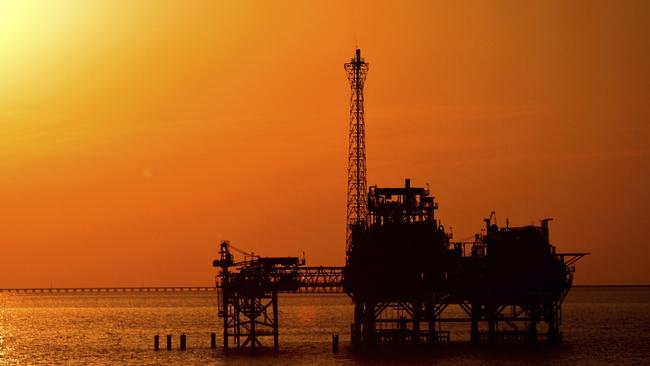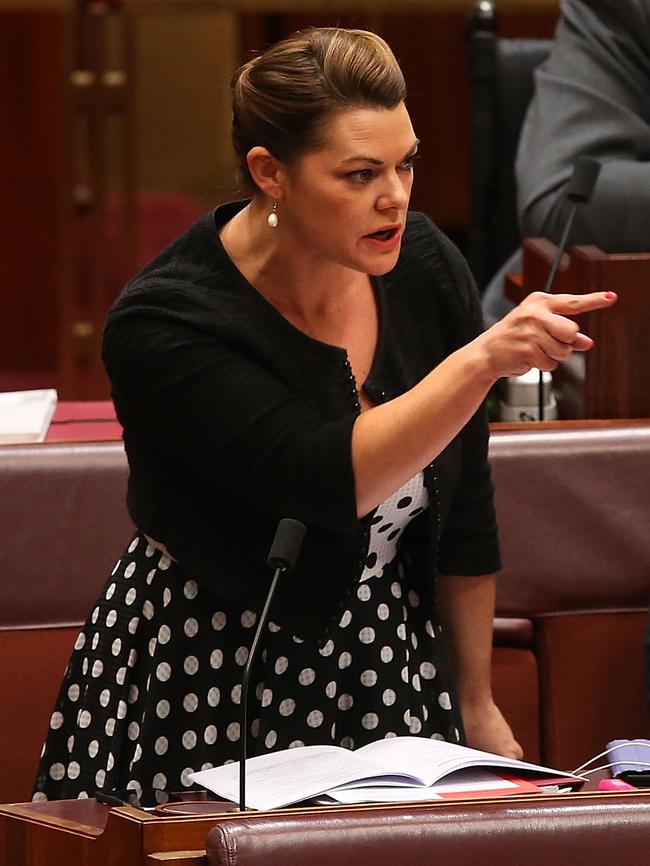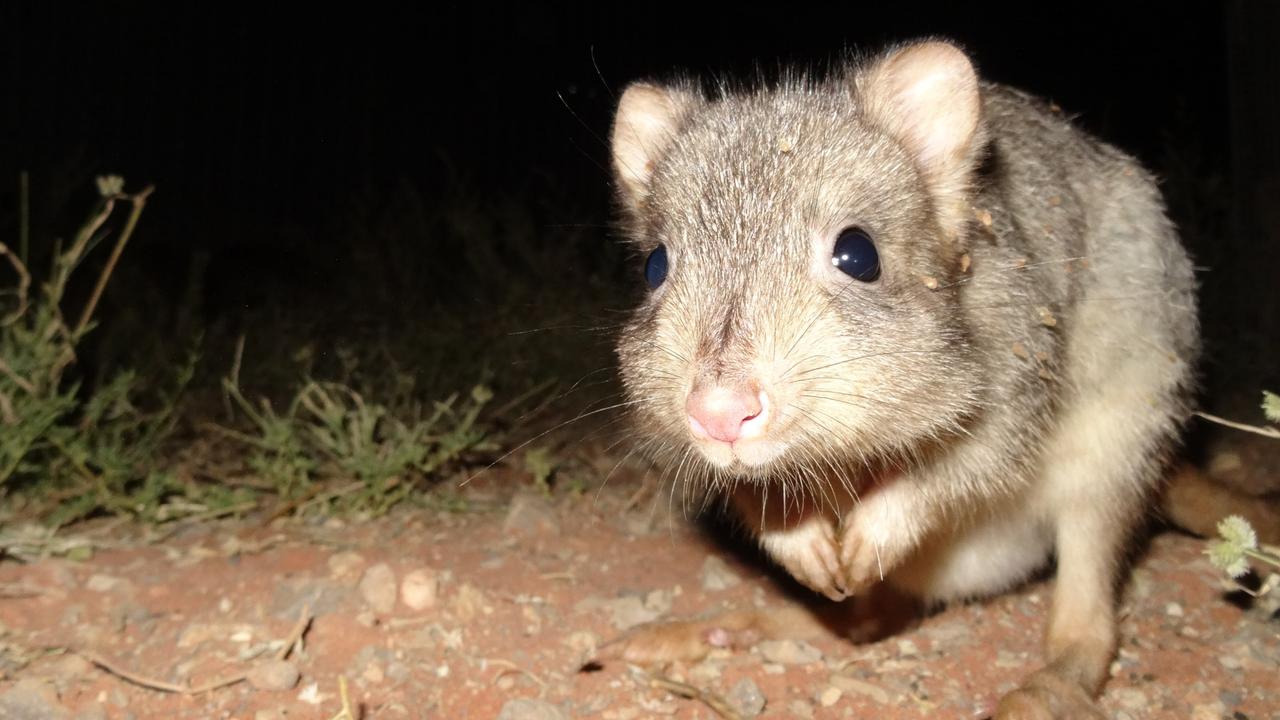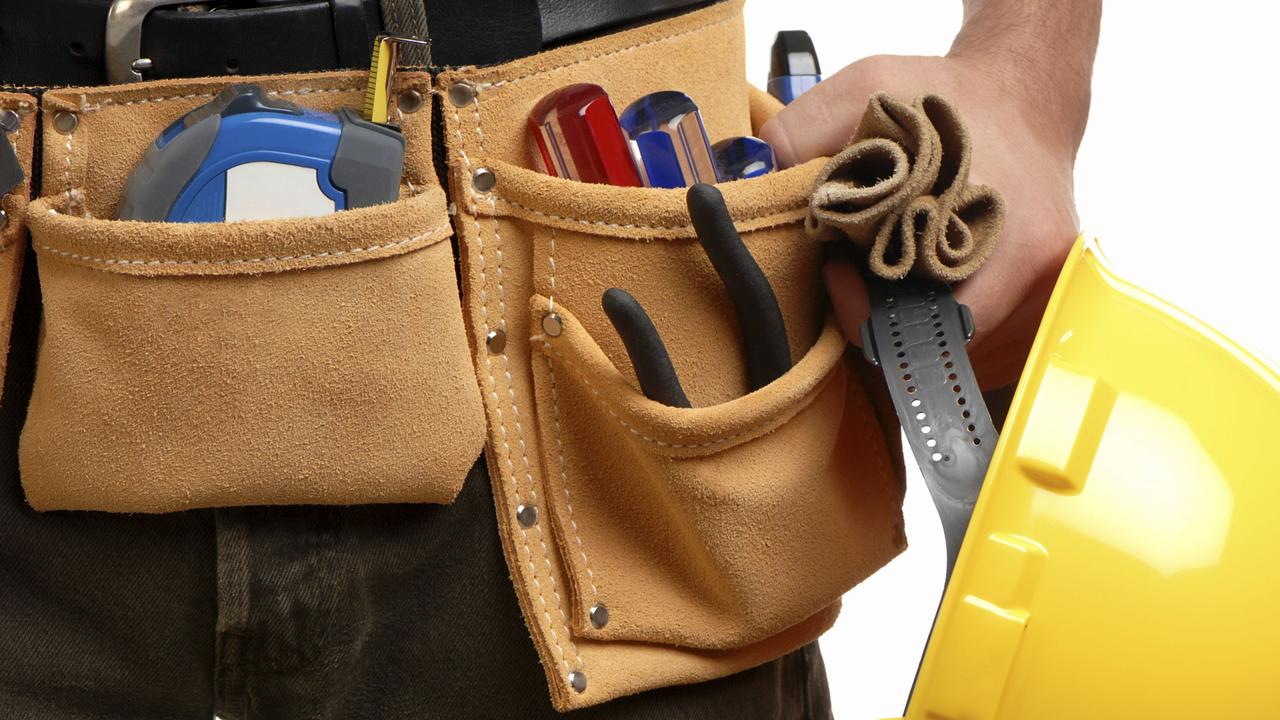Documents show BP suggested a Great Australian Bight oil spill could be good for local businesses
OIL giant BP suggested a spill in the Great Australian Bight could be good for local businesses, documents kept under wraps for more than two years have revealed.
SA News
Don't miss out on the headlines from SA News. Followed categories will be added to My News.
- Labor stalwart retreats to focus on his Mawson electorate
- Sea Shepherd shares photos of Bight wildlife diversity
- Application lodged for seismic testing 90km off Kangaroo Island
- Chevron donates to Labor, Liberal as it pushes Bight drilling
- Norway-based company plans Bight drilling in 2019
- BP pulls plug on $1.4b Bight drilling plan
- Investigation details of 2004 US oil spill kept secret for decades
OIL giant BP suggested a spill in the Great Australian Bight could be good for local businesses, documents kept under wraps for more than two years have revealed.
Documents by the federal watchdog, NOPSEMA, that oversees oil and gas exploration in Australian waters, show BP were twice asked to significantly improve its environmental plan for The Bight, citing several concerns.
The company which in October 2016 abandoned its $1.4 billion offshore drilling program in the region was criticised for the plan that the regulator said “requires significant modification to comply with the Environmental Regulations” necessary for oil exploration in The Bight.
The release of the documents come as Norwegian oil company Statoil, who took over two of BP’s leases, recently lodged plans to begin oil exploration in The Bight by the end of 2019.
NOPSEMA asked BP to provide further detail about how they would deal with a number of issues including dealing with oil spills and protecting wildlife.

The regulator suggested the company provide “an appropriate level of analysis” for comments by BP including statements that the impacts of the spill response strategies may be offset by the use of vessels from the local fishing fleet.
The regulator said BP had also argued: “In most instances, the increased activity associated with clean-up operations will be a welcome boost to local economies.”
The documents, released following a freedom of information process by London-based website Climate Home News, show an oil spill could spread 40 million litres of sludge along the Australian coast spreading 650 kilometres with 125 days and 750 kilometres within 300 days.
The regulator also raised concerns BP did not demonstrate it had the capability to clean up an oil spill using local vessels or orchestrate an onshore clean up.
BP on Friday night did not deny the contents of the regulator's correspondence when contacted by The Advertiser.
A spokeswoman said “given the project did not proceed, work on the draft Environment Plan ceased, so the correspondence in question doesn’t represent the final views of BP or the regulator.”
Environmentalists, that have been fighting against any plans for drilling in The Bight, said the documents showed oil spills would be devastating to SA’s marine life.

South Australia Greens Senator Sarah Hanson-Young said risking thousands of jobs in fishing, tourism and conservation cannot be justified by claiming we can simply create other jobs cleaning up oil spills.
“It’s offensive to South Australians that a big multinational company thinks we’ve got nothing better to do than cleaning up sludge and muck from an oil spill that would devastate our tourism and fishing industries,” Ms Hanson-Young said.
Greenpeace senior campaigner Nathaniel Pelle said the document highlighted the
magnitude of the damage that could be done with an oil spill.
OFF THE RECORD: THE SA ELECTION PODCAST
“Coastal towns from Esperance in WA, to Port Lincoln and Kangaroo Island right at the epicentre, and even Victoria’s Great Ocean Road and the east coast of Tasmania should all be on high alert,” Mr Pelle said.
Statoil’s Australian manager Jacques-Etienne Michel said the company is working on its environmental plan that will be submitted to NOPSEMA.
“We will only undertake drilling activity if we can do it safely,” Mr Michel said.
“By the time we drill we will have spent more than two years planning this project to satisfy ourselves that we can operate safely and in accordance with Australia’s strict environmental and regulatory requirements.”


